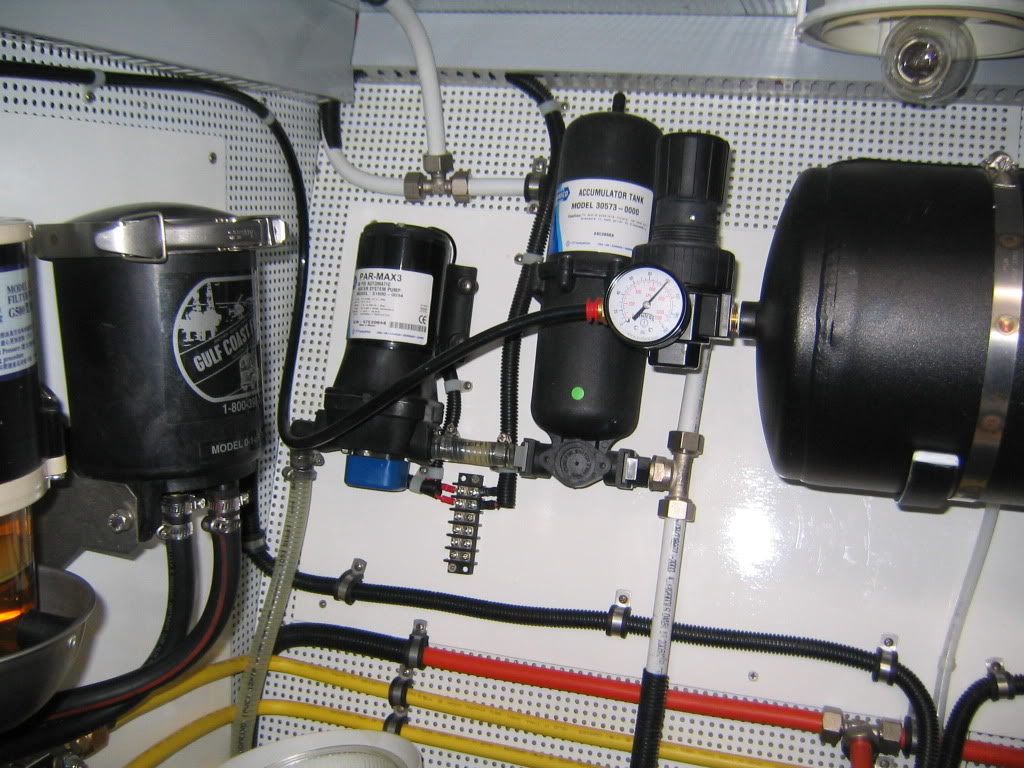Wmiii
Senior Member
I am going to add an accumulator tank to my fresh water system. The usual place of installation is after the pump, before any T's off the water line. My water Heater T's off very close after the water pump, so not room for the accumulator tank.
Should I replumb and place accumulator tank before the water heater T or can I put in the line after the T?
Should I replumb and place accumulator tank before the water heater T or can I put in the line after the T?


